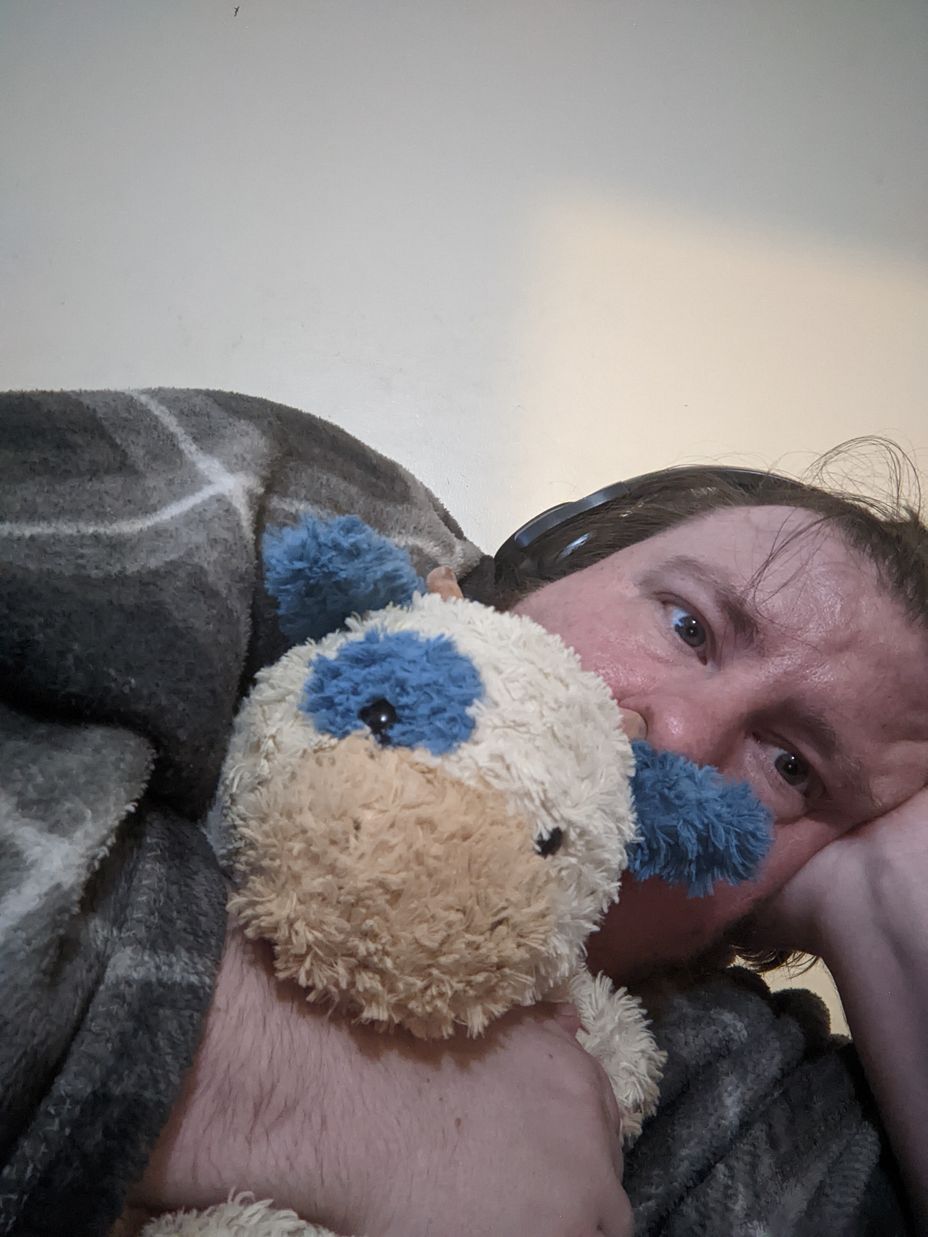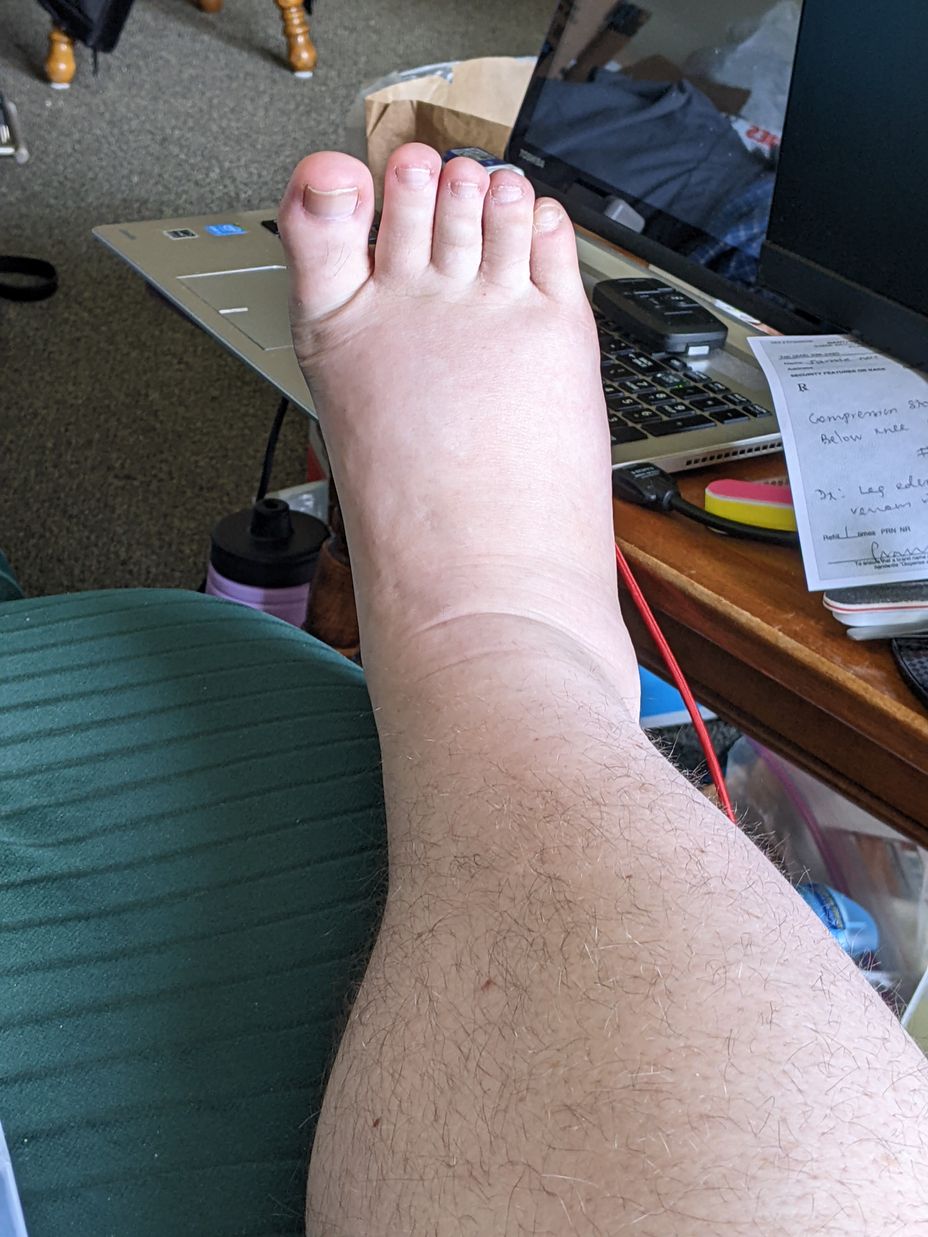I’m new here!
Hi, my name is Karen Eklund. I'm 43 years old with 4 beautiful children 21, 18, 9 and 7. I'm here because quite a few reasons. My brother had schizophrenia and committed suicide due to his mental illness in 2022. My daughter that I raised from birth to 14 (she is now 18) decided to stop all communications with me due to narcissistic, triangulation and alienating father and overbearing stepmother who treated my daughter as if she birthed her and slowly inched out every part of my entire family's side from her life, not just me, but starting with me, including 3 siblings all on our side of the family because we have mental health challenges. I know people say things like this but oh, if you knew the story of my life and truly understood who these two people are, you would agree, truly, for my daughter's sake, they shouldnt have been introduced into her life. I'm new here, so, if I could say how I really felt, I would probably be immediately kicked off, lol. But anyway, sadly, I had to grieve her for many years before I had to grieve the death of my best friend and brother who committed suicide due to his mental health. I have my youngest daughter who is 7. She is diagnosed with Autism Spectrum Disorder. I myself have suffered since I can recall, probably 1st noticed around 22, when my 1st daughter was born, when I began cutting then I was diagnosed with major depressive disorder, OCD and generalized anxiety disorder. Since then I have been diagnosed with ptsd, post partum, bipolar 2 disorder, substance abuse disorder along with dual diagnosis, adjustment disorder with mixed emotional features and I have been admitted on more than one occasion to a psychiatric facility for suicidal ideation and attempt. I have sought therapy and have done alot of work on my self, been in group therapy and just in general looked for any and all things that can help me keep joy in my life and keep a happy life







